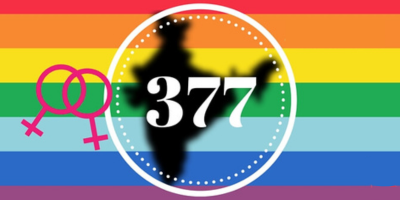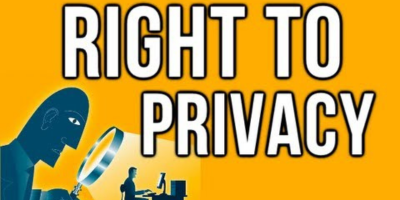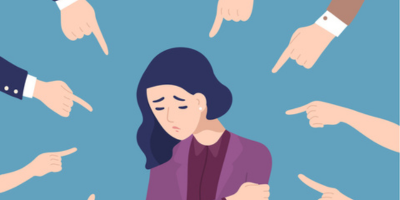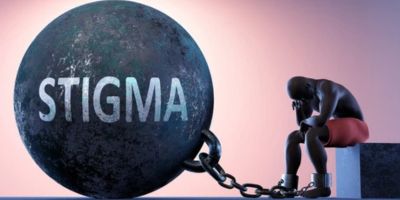Navtej Singh Johar v. Union of India : Landmark Development on LGBTQ Rights in India.
LGBTQ rights in India have been a topic of intense debate and legal scrutiny for decades. The landmark judgment in Navtej Singh Johar v. Union of India (2018) marked a significant milestone in the fight for equality, leading to the decriminalization of homosexuality in India. This case not only overturned a colonial-era law but also set the stage for broader discussions on LGBTQ Rights in India, including issues related to Marriage, Adoption, and Protection Against Discrimination.

Before delving into the Navtej Singh Johar case, it is essential to understand the historical context of Section 377 of the Indian Penal Code (IPC).Enacted in 1861 during British rule, Section 377 criminalized “carnal intercourse against the order of nature,” effectively making homosexuality illegal. This colonial law was often used to harass and discriminate against LGBTQ individuals in India.
Over the years, multiple legal battles were fought over the validity of Section 377.
In Naz Foundation v. Government of NCT of Delhi (2009), the Delhi High Court decriminalized homosexuality, ruling that Section 377 violated fundamental rights. However, this progressive ruling was overturned in Suresh Kumar Koushal v. Union of India (2013), where the Supreme Court reinstated the criminalization of same-sex relationships, stating that only Parliament had the authority to amend laws.
Navtej Singh Johar v. Union of India: Case Overview.
The Navtej Singh Johar case was a turning point in the fight for India gay rights. Navtej Singh Johar, a well-known dancer, along with other petitioners, challenged the constitutional validity of Section 377. Their argument was based on the premise that Section 377 violated Articles 14 (Right to Equality), Article 15(Prohibition of Discrimination), Article 19 (Freedom of Expression), and Article 21 (Right to Life and Personal Liberty) of the Indian Constitution.
Key Arguments in the Case.

- Violation of Fundamental Rights:
The petitioners argued that criminalizing consensual same-sex relationships infringed upon individual dignity, privacy, and equality.

- Right to Privacy:
The Supreme Court’s verdict in Justice K.S. Puttaswamy v. Union of India (2017) recognized privacy as a fundamental right, strengthening the case against Section 377.

- Social Stigma and Mental Health:
Experts and activists highlighted how Section 377 led to discrimination, harassment, and mental health issues within the LGBTQ community.
- International Precedents:
The petitioners cited various global rulings where countries had decriminalized homosexuality, arguing that India should align with international human rights standards.
The Supreme Court’s Verdict.
On September 6, 2018, a five-judge constitution bench of the Supreme Court, led by Chief Justice Dipak Misra, unanimously struck down Section 377 to the extent that it criminalized consensual same-sex relationships. The key takeaways from the judgment included:
- Section 377 was unconstitutional as it violated Article 14 (Equality) by discriminating against LGBTQ individuals.
- It infringed upon the Right to Privacy under Article 21 and curtailed personal liberty.
- The ruling affirmed that sexual orientation is natural and a fundamental part of human identity.
- It emphasized dignity and equality by acknowledging the historical injustice faced by the LGBTQ community in India.
Impact of the Judgment.
The decriminalization of homosexuality in India was a historic victory for human rights, but challenges remain. While the ruling removed legal penalties, social acceptance, workplace discrimination, and marriage rights continue to be pressing issues.
Positive Outcomes
1.Legal Recognition: The judgment laid the foundation for future LGBTQ-friendly policies and judicial reforms.
2.Increased Social Awareness: The case generated national discussions, leading to more inclusivity in corporate and academic spaces.
3.Corporate Support: Many companies have introduced diversity and inclusion policies to support LGBTQ employees.
4.International Recognition: India’s ruling was hailed globally as a significant step towards LGBTQ rights in India.
Ongoing Challenges

- Absence of Anti-Discrimination Laws:
Despite the verdict, LGBTQ individuals still face discrimination in housing, workplaces, and healthcare.
- Lack of Marriage and Adoption Rights:
LGBTQ couples in India do not have legal recognition for marriage, adoption, or inheritance rights.

Social Stigma:
While urban India is becoming more accepting, LGBTQ individuals in rural areas continue to face persecution and violence.
Status of the Rights under Bharatiya Nyaya Sanhitha.
The Bharatiya Nyaya Sanhita (BNS) generally aligns with the Supreme Court’s decriminalization of consensual same-sex relationships but lacks specific provisions to protect LGBTQ+ individuals from violence and discrimination. While the BNS does not explicitly criminalize same-sex acts, it also doesn’t include new laws to protect LGBTQ+ individuals from sexual assault or other forms of violence.
Conclusion.
The Navtej Singh Johar case was a monumental step in ensuring legal protection for LGBTQ individuals in India. However, the fight for equal rights is far from over. The next legal battles will likely focus on same-sex marriage, adoption rights, and protection against discrimination.
India has taken a bold step by decriminalizing homosexuality, but true equality can only be achieved when LGBTQ individuals enjoy the same rights and protections as their heterosexual counterparts. As awareness grows and legal reforms continue, there is hope for a more inclusive and just society in the future.
lgbtq rights in india, section 377 case study, decriminalization of homosexuality in india, lgbt rights in india, india gay rights
